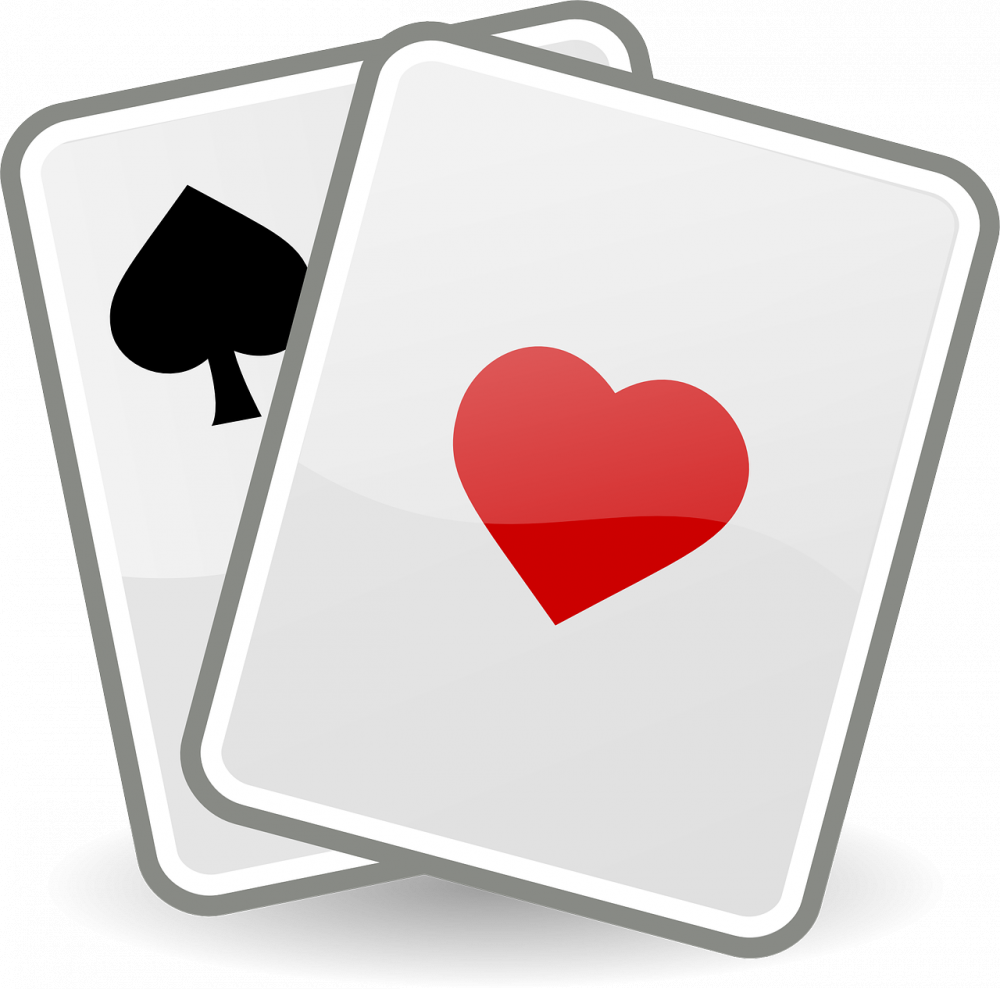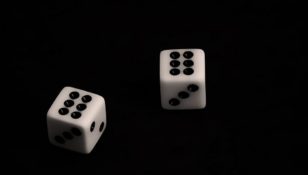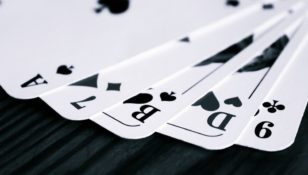Counting cards in blackjack is a strategy that has fascinated casino enthusiasts for decades


This technique involves keeping track of the cards that have been dealt in order to gain an advantage over the casino. In this article, we will delve into the world of counting cards, providing a comprehensive overview for those who are interested in casino games.
The importance of understanding how to count cards in blackjack cannot be overstated. By effectively keeping track of the cards that have been played, players can make more informed decisions on how to bet and play their hands. This can significantly increase their chances of winning and ultimately turning a profit at the casino.
Counting cards is essentially a method of determining the ratio of high to low cards left in the deck. High cards (i.e., tens, face cards, and aces) are beneficial to the player, as they increase the chances of getting a natural blackjack (an ace and a ten-value card). Low cards, on the other hand, are more favorable to the dealer. By tracking the ratio, players can adjust their bets and playing strategies accordingly.
To successfully count cards, players must have a good understanding of basic blackjack strategy and be able to do mental calculations quickly and accurately. There are several different methods of card counting, ranging from simple to more advanced. The most commonly used system is the Hi-Lo count, which assigns a value of +1 to low cards (2-6), a value of 0 to neutral cards (7-9), and a value of -1 to high cards (10-Ace). By keeping a running count of the cards that have been dealt, players can estimate the ratio of high to low cards remaining in the deck.
It is important to note that card counting is not illegal, but it is frowned upon by casinos. While it is not against the law to employ this strategy, casinos have the right to refuse service to players they suspect of card counting. Therefore, it is essential for players to be discreet and not draw attention to themselves while counting cards.
Now, let’s take a journey through the history of card counting in blackjack. The concept of card counting can be traced back to the early 1960s when a math professor named Edward Thorp published a groundbreaking book called “Beat the Dealer.” In this book, Thorp introduced the world to the concept of card counting and provided mathematical strategies for gaining an edge in blackjack. This book revolutionized the game and sparked a wave of interest in card counting among casino players.
Over the years, casinos have implemented various countermeasures to combat card counting. They have increased the number of decks in play, shuffled more frequently, and trained their dealers to be more vigilant. Despite these efforts, skilled players continue to use card counting to their advantage.
In recent years, the rise of online casinos has presented new challenges for card counters. Virtual blackjack games often use a random number generator (RNG) to shuffle the cards, making it impossible to track the ratio of high to low cards. However, some online casinos offer live dealer blackjack games, where the cards are dealt from a physical deck. These games provide an opportunity for card counters to apply their skills.
In conclusion, counting cards in blackjack is a strategy that can give players an advantage over the casino. By keeping track of the cards that have been dealt, players can make more informed decisions and increase their chances of winning. While it is not illegal, casinos have the right to refuse service to players they suspect of card counting. Despite the countermeasures implemented by casinos, skilled players continue to use this technique to their advantage. Whether playing in a brick-and-mortar casino or online, understanding how to count cards in blackjack remains a valuable skill for casino enthusiasts.
So, whether you’re a seasoned pro or just starting out, consider giving card counting a try in your next blackjack session. You never know, it might just be the strategy that turns the odds in your favor and leads to that big win you’ve been dreaming of. Happy counting!

















